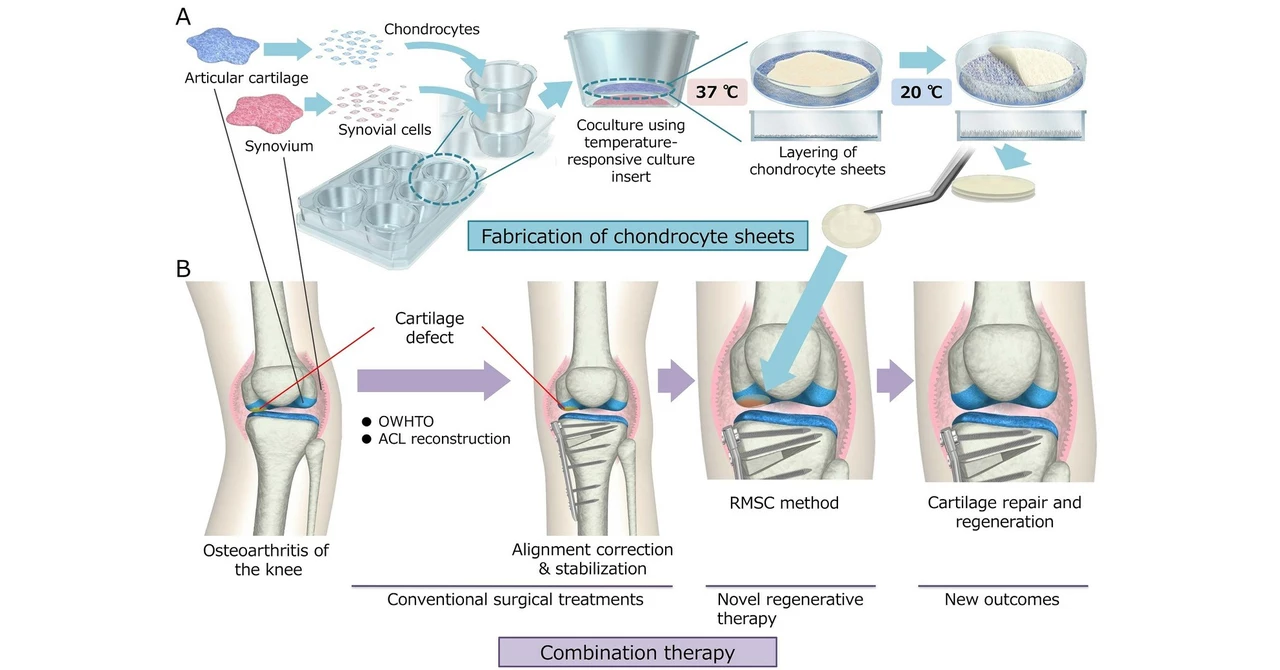Combination therapy: how drug combos work and when to use them
Combination therapy means using two or more medicines together so they work better than alone. Doctors prescribe combos to control complex conditions—think blood sugar in diabetes, high blood pressure, or stubborn infections. The idea is simple: different drugs can target different parts of a problem at once.
Why doctors pick combos
Combining drugs often gives stronger, faster results. For example, many people with high blood pressure take an ACE inhibitor plus a diuretic—like enalapril-hydrochlorothiazide—because the two lower pressure by different mechanisms. In diabetes, doctors pair metformin with SGLT2 inhibitors or GLP-1 receptor agonists to improve blood sugar and cut heart risk. For infections, using two antibiotics can broaden coverage or prevent resistance. Another advantage: lower doses of each drug can reduce certain side effects compared with using a high dose of one medicine.
But combos are not magic. The benefit depends on picking medicines that complement each other without causing new problems. Some combinations are backed by lots of research; others are tailored when single drugs don’t work well enough.
What to watch for and practical tips
Combining meds raises the chance of side effects and interactions. Watch for dizziness, low blood pressure, low blood sugar, kidney changes, or unusual symptoms. Always share a full medicine list with your provider—include prescriptions, over-the-counter drugs, and supplements. That helps spot risky overlaps like duplicate blood pressure drugs or hidden interactions (for example, certain antibiotics with heart medicines).
Here are clear, simple steps to stay safe:
1) Ask why the combo is recommended and what each drug does. If you don’t understand, ask the provider to explain plainly.
2) Get baseline tests if needed—kidney tests, electrolytes, or blood sugar checks—so side effects are caught early.
3) Know the schedule: some pills work best at night, some with food. Stick to the plan for better effect and fewer problems.
4) Watch for signs that need immediate care: fainting, severe rash, difficulty breathing, fast heartbeat, or sudden confusion.
5) Talk to your pharmacist about cost-saving options: generic combos, single-pill fixed-dose combinations, or patient assistance programs.
Combination therapy can be a powerful tool when chosen carefully. It works best when you and your healthcare team communicate clearly, monitor results, and adjust the plan if side effects appear. If you’re on multiple medicines and feel unsure, schedule a quick review with your prescriber or pharmacist—small changes often make a big difference.

Allopurinol in Combination Therapy: Maximizing Treatment Outcomes
Haig Sandavol Apr 27 14As a blogger, I recently came across some interesting information on Allopurinol and its role in combination therapy. Allopurinol is commonly used to treat gout and lower uric acid levels in the body. When used in combination with other medications, it can maximize treatment outcomes for patients with complex or hard-to-treat conditions. It's fascinating to see how combining medications can lead to better results and improve patients' overall health. I'm excited to keep exploring this topic and sharing more insights with all of you!
More Detail